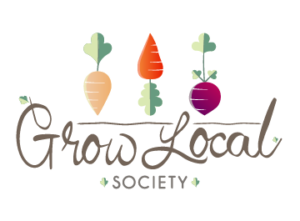Let’s begin by defining what seed saving actually is. Well, its exactly how it sounds. Seed saving is when you save the seeds from fruits and vegetables that you grow in your garden. You can also save seeds while on your nature walks from things such as wildflowers or acorns. Each plant has a different method of having its seeds saved, so it is worth it to look into what type of seed you have and the methods needed. To learn more about seeds saving of different varieties, you can check out our previous blog post here: Seed Saving
A cool fact about seed saving it that it is one of the earliest practices of agriculture. It has been around for over 10,000 years! Seed saving allowed our ancestors to settle in one location and have their basic needs met through growing their own resources. These resources included food, fuel, forest, fiber and flowers.
Why seed save?
There are many benefits to seed saving. The first being that you save money! Instead of buying packets of seeds every season, you can harvest the seeds from the plants that you have already grown, save them and plant them again come gardening season. By saving seeds, you can eventually build up enough stock to rotate what you grow in your garden every year.
Seed saving also teaches you about the life cycle of a plant. One of the first steps in the cycle is the sprout emerging from the seed, then turning into a plant and ending with developing its own seeds. When we seed save we are ensuring there is no waste and continue the same cycle of the plant over and over. What this does is help maintain certain types of plants and keep them alive for many generations. It also helps to save us from using GMO seeds!
How to seed save?
Its actually quite simple to seed save. Once the fruit or vegetable becomes ripe, you remove the seeds from the pulp and allow them to dry completely. Once dried, place them in a container such as a mason jar or even an envelope. You can store them for up to 5 years! Of course, each plant type has different ways of saving its seed, so it’s good to do your research on what type of plant you want to seed save.
Time to get the kids involved.
This is a great way to teach children about where their food comes from and how they too can easily grow their own food. Kids love to get their hands dirty! So, having them help with harvesting the seeds from your garden and be fun and educational! Like I mentioned above, it also teaches children about the life cycle of a plant. It can be a never-ending cycle if you’re willing to put the work in!
Come join us this Sunday at the Port Moody Market so the POP kids can learn more about seeds! We will be taking a magnifying glass and getting up close with the seeds as we learn how to identify the differences!
Hope to see you there!
If you haven’t yet registered for the program this season, make sure you visit the POP tent to get started!
Learn more about the program here: POP Kids Club
